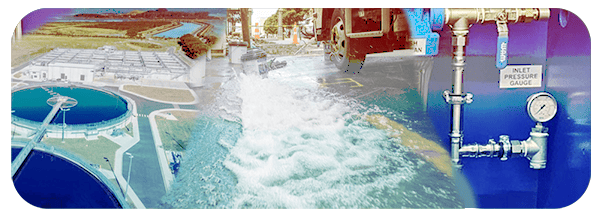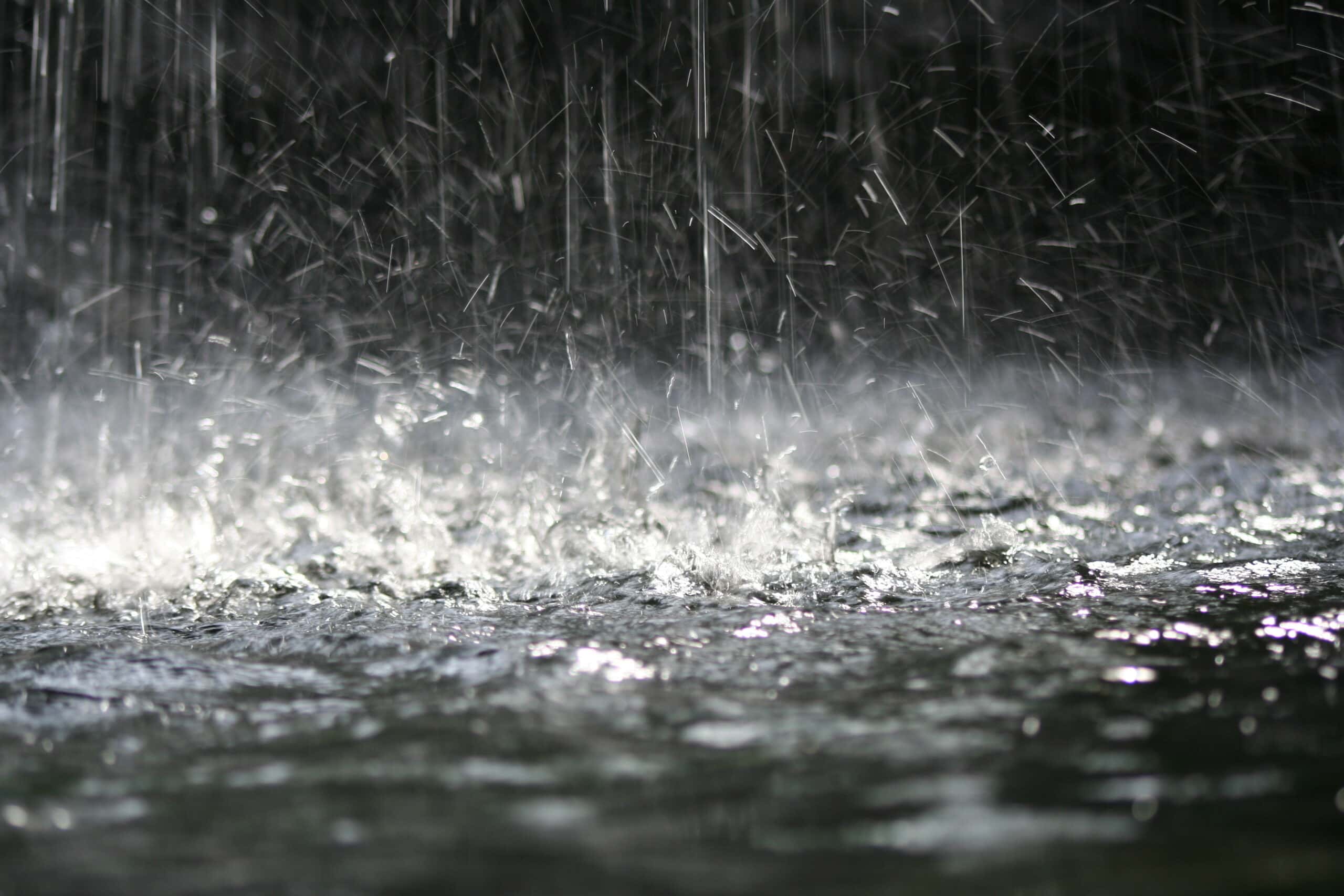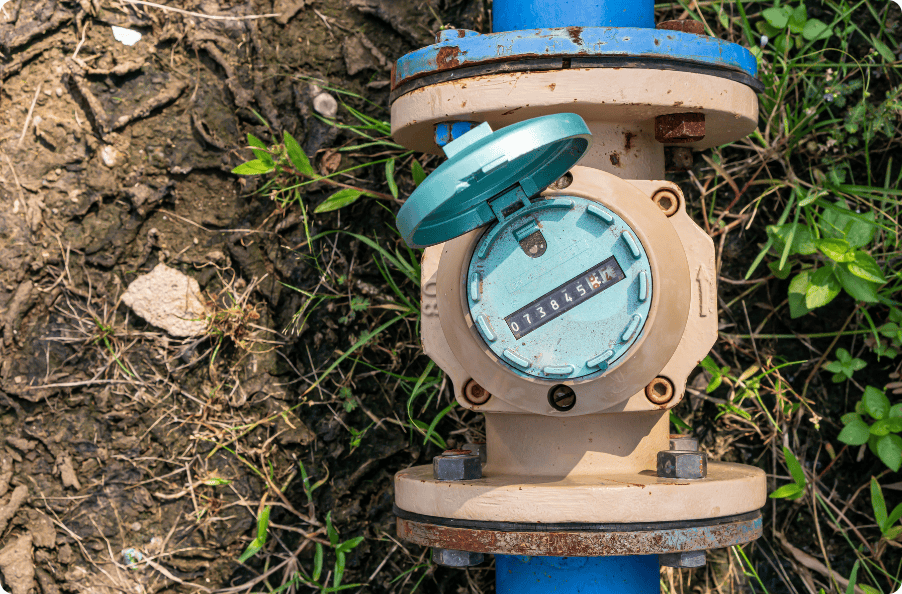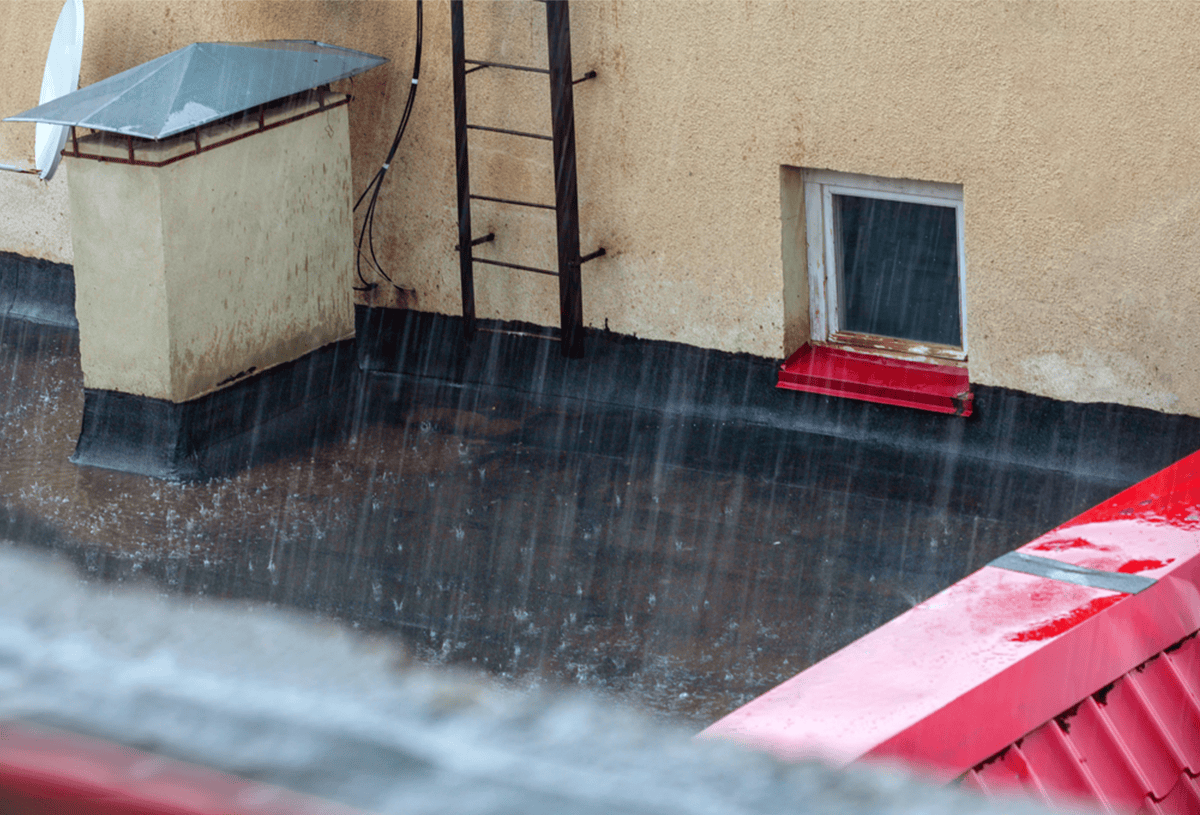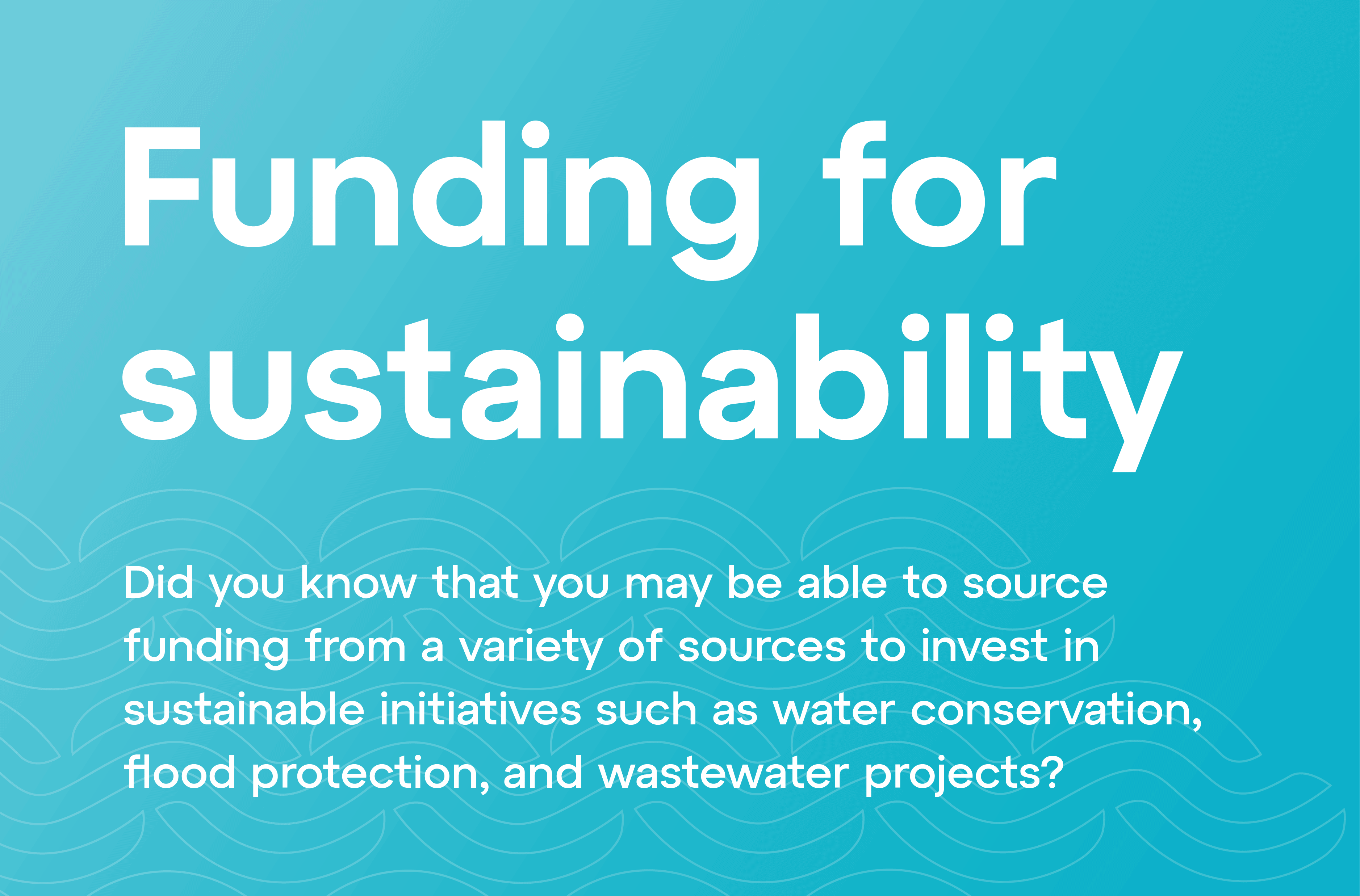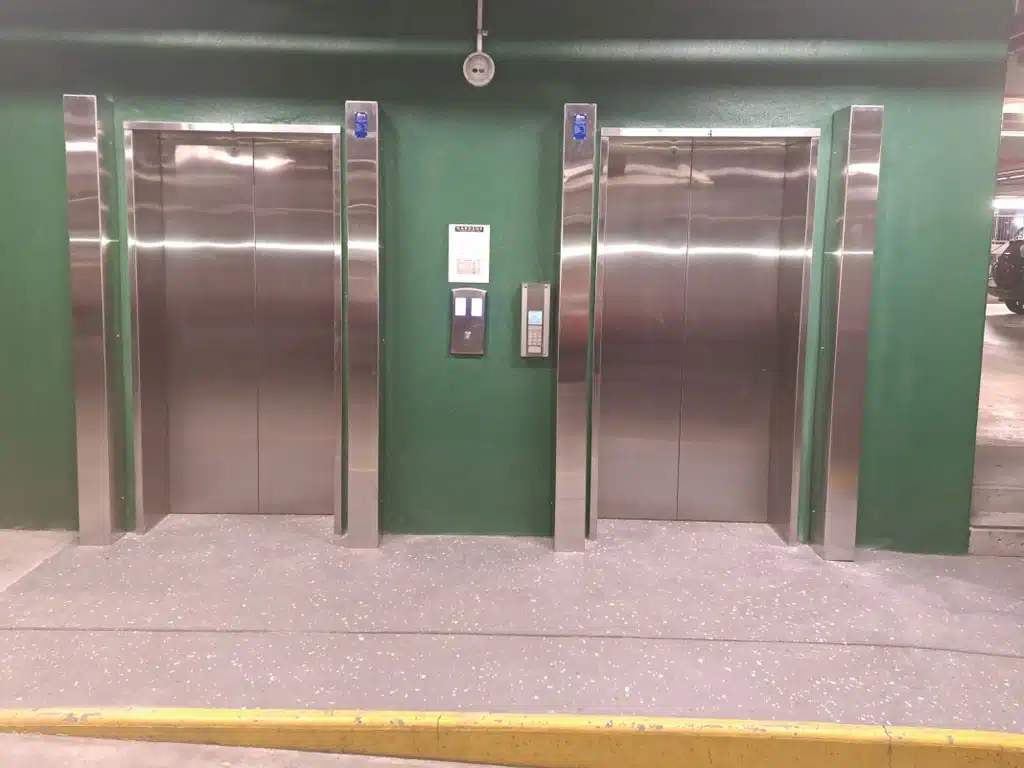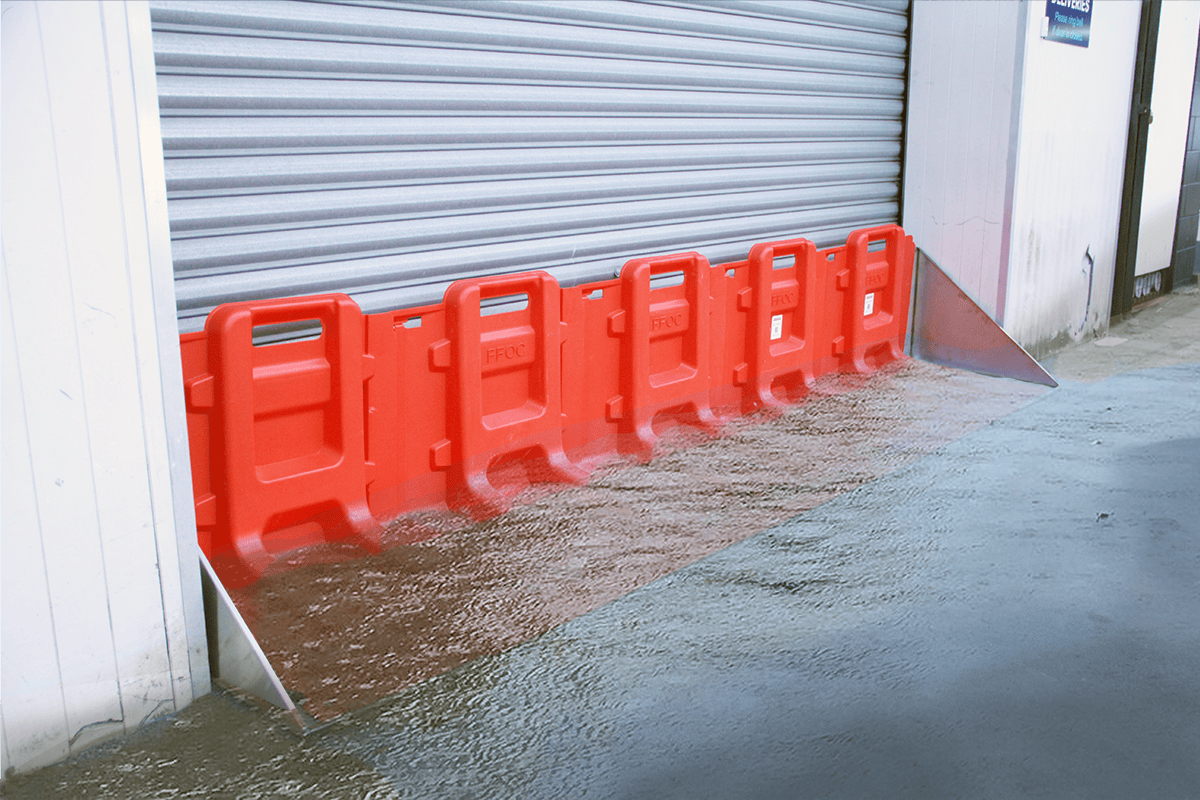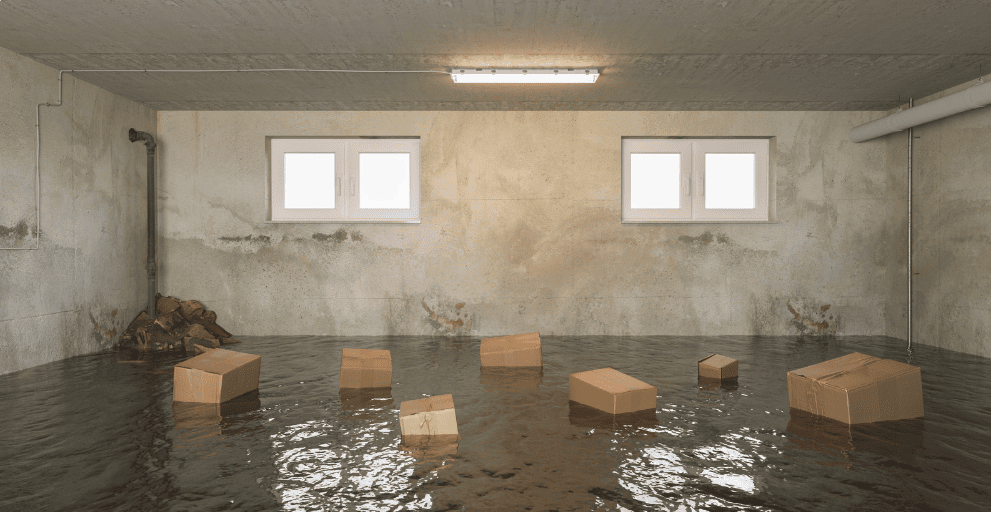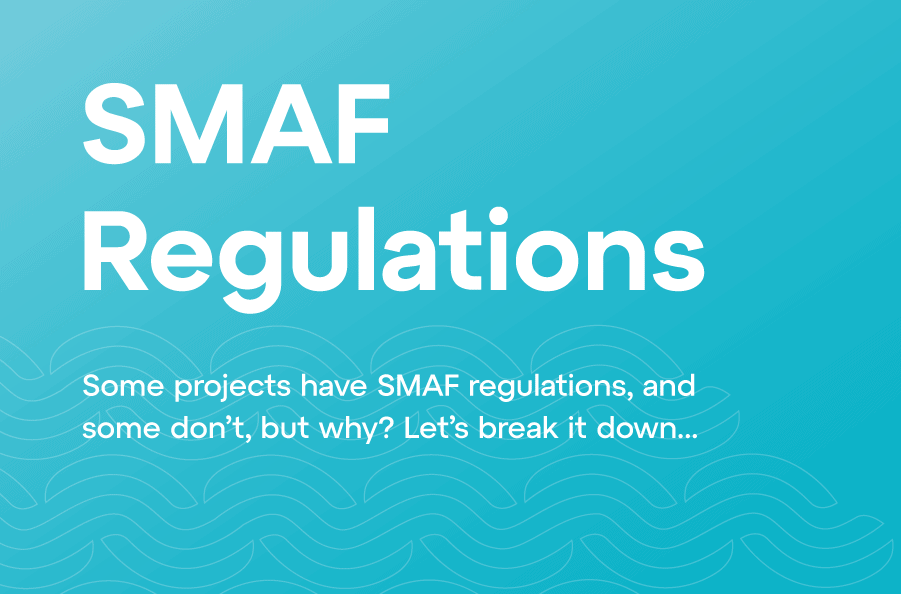At Watersmart we’re always thinking about how to improve water resilience in New Zealand. So what are the challenges and opportunities that we see this year? Watersmart co-founder Andrew Olsen gives his views:
Infrastructure in crisis
As we see in the media literally on a daily basis, our infrastructure is falling apart. Our water assets are in dire straits. We have seen an awful lot of tinkering with big ideas on how to solve the problem – lots of money spent but nothing really achieved.
The result: we now have a crisis situation where councils around the country are now having to pick up the pieces and get on with solving some of the issues as quickly as possible in order to avoid some serious breakdowns in our communities and cities.
Take for example Wellington. The biggest ‘user’ of water in Wellington is leaks: 44% of Wellington’s water disappears into the ground without being used, which presents a fundamental challenge – from a carbon perspective, a cost perspective, a utilisation of asset and resource perspective, not to mention the everyday inconvenience on people’s lives.
In short, water is probably the single biggest factor in the issues around climate change for New Zealand at this time. You could argue that it’s going to be the biggest issue of the next several decades.
What are the key things that can be done?
To take drought issues first, the real opportunity is to focus on low-cost, easily achievable, quickly implemented solutions.
Decentralisation – an on-site focus
We’re finding that many cities around the world have realised that decentralisation – focusing at a site-by-site level rather than on a city-wide basis, is a quick and effective solution. If you can harvest rainwater, you can nearly halve your on-site water bill.
With 50% of household water use being for non-potable potable applications (toilets, laundries, and hose taps) decentralised rainwater re-use for non-potable water would reduce demand on aging infrastructure.
This has been proven at Hobsonville Point, where water bills are roughly half that seen across the rest of Auckland. That’s based on the compulsory installation of a 3,000 litre water tank in every home.
This also halves the amount of potable generation requirements on the part of Watercare. So if this is required for the development of every new dwelling, and people with older homes are incentivised to retrofit them, we could offset much of the capital outlay on assets, and make every home more resilient. As you can see by the huge demand for water tanks all of a sudden in Wellington, saving rainwater makes a big difference.
Water metering
Secondly, to better understand what water costs in a region, we advocate water metering. It is astonishing that this is not commonplace everywhere in New Zealand. In Wellington they don’t even meter water, so they don’t know who’s using what water. And the supporting data is pretty straightforward: when Auckland introduced water meters, they saved 25% in water use from that day on. Then, when they started charging for water they saved another 25%.
The first thing to do is to meter water because it results in immediate savings, which would offset the cost of installing water meters.
Better agency coordination to support decentralisation
In terms of the flooding side of things, we also call for a decentralised approach, although on a network basis flood management needs to have greater influence in city planning.
The issue we have in Auckland for example is coordination. There are three different council organisations involved – why I have no idea – Auckland Council (Healthy Waters) which controls stormwater, then Watercare controlling wastewater and potable water. And then you’ve also got Auckland Transport, who seem to have more influence than necessary because the roadway and the berms are a key part of any stormwater network.
A classic example is Fanshawe Street, which flooded hugely in the January 2023 floods. This could have been avoided via a very simple redesign to make Victoria Park a flood basin. Instead, we’re pumping out basement carparks, taking the water and dumping it into a stormwater drain two kilometers away.
Our future needs to be designed for more and more climatic events. And now.

